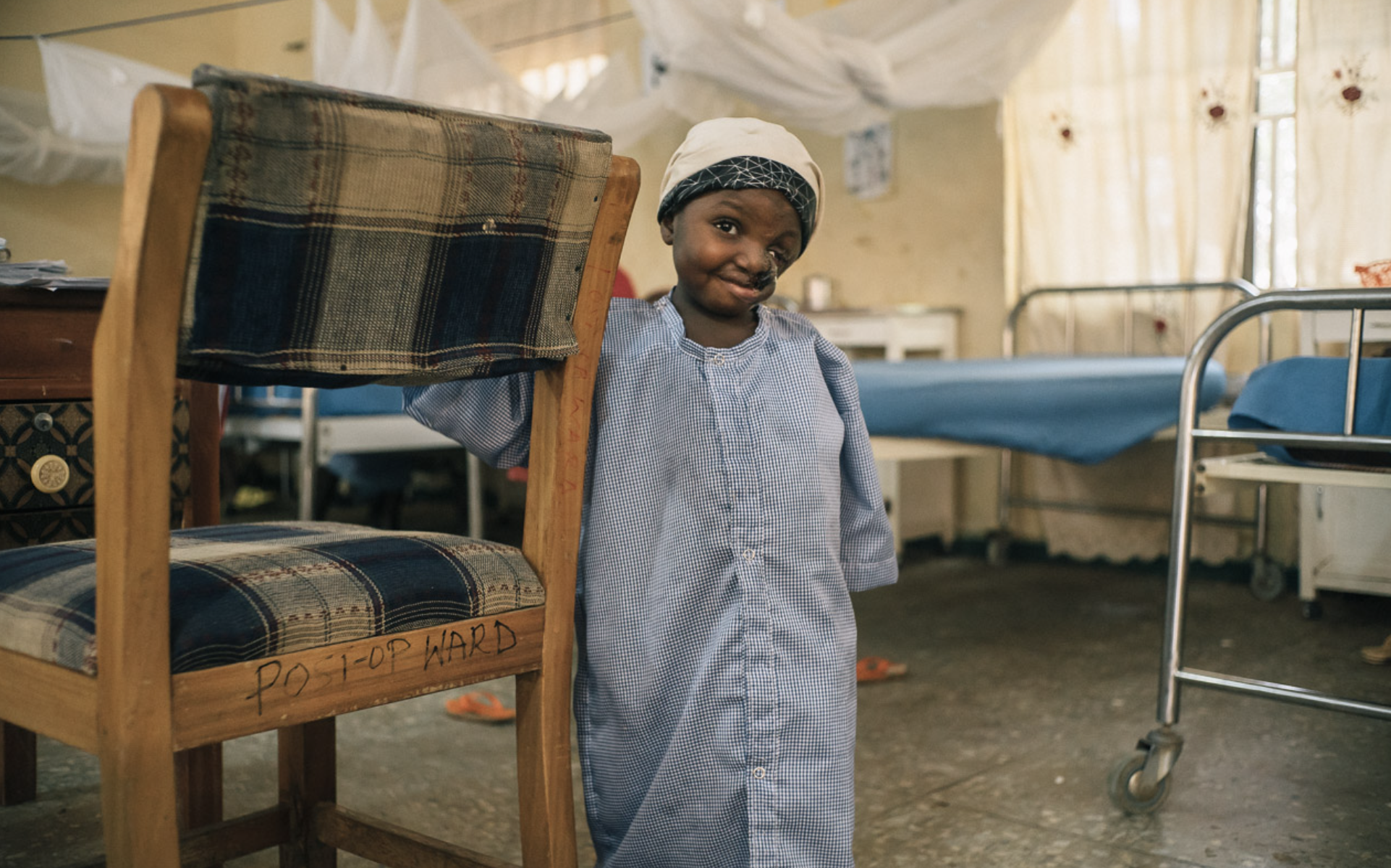Noma is an aggressive necrotizing disease that destroys oral and facial tissues. Noma starts as a lesion of the gums and later develops into an ulcerative, necrotizing gingivitis that progresses rapidly. This may result in destruction of soft and hard tissues of the oral cavity. In the absence of treatment, noma is fatal in up to 90% of the cases. Those who survive are left with extensive facial deformities that often lead to social alienation and stigmatization.
What is noma?
Dr. David Shaye, Médecins Sans Frontières/Doctors Without Borders (MSF), examining a patient at Sokoto Noma Hospital, Nigeria
© Claire Jeantet & Fabrice Catérini/Inediz
Noma mainly affects young children between ages 2-6 years who are suffering from malnutrition, living in extreme poverty, and highly immunocompromised from systemic diseases such as malaria, measles, and HIV. Local oral factors include gingivitis, necrotizing ulcerative gingivitis and poor oral hygiene.
Who is at risk of noma?
© Chloé Fournier/Inediz
Potential sequelae of noma without proper treatment includes lifelong stigma, sepsis, difficulty eating, difficulty speaking, mental health concerns, surgical complications, severe dehydration, malnutrition, and death. Mortality rate can be as high as 90% and survivors suffer from severe facial disfigurement, difficulty speaking, eating, and face social stigma.
Consequences of noma
Sakina, a 4-year-old girl from Sokoto at one of her many visits at the Noma hospital since 2013. She has already been through 2 stages of surgery.
© Claire Jeantet - Fabrice Catérini / Inediz
What is the causative agent of noma?
Noma has multifactorial etiology and a pre-requisite is malnutrition and oral microbiota imbalance. Mix of bacteria such as fusiformis fusiformis and borrella vincenti can damage host skin and bone. However, this is not an exhaustive list as more research is needed.
© Chloé Fournier/Inediz
The typical signs and symptoms of noma include swollen gums, swollen cheek lining, and ulcer formation. These ulcers spread rapidly and destroy oral and paraoral soft tissues and bones, causing deformity of the face and loss of teeth. The color of the oral cavity may also change into a greyish color.
Signs and symptoms of early disease stages
© Chloé Fournier/Inediz





